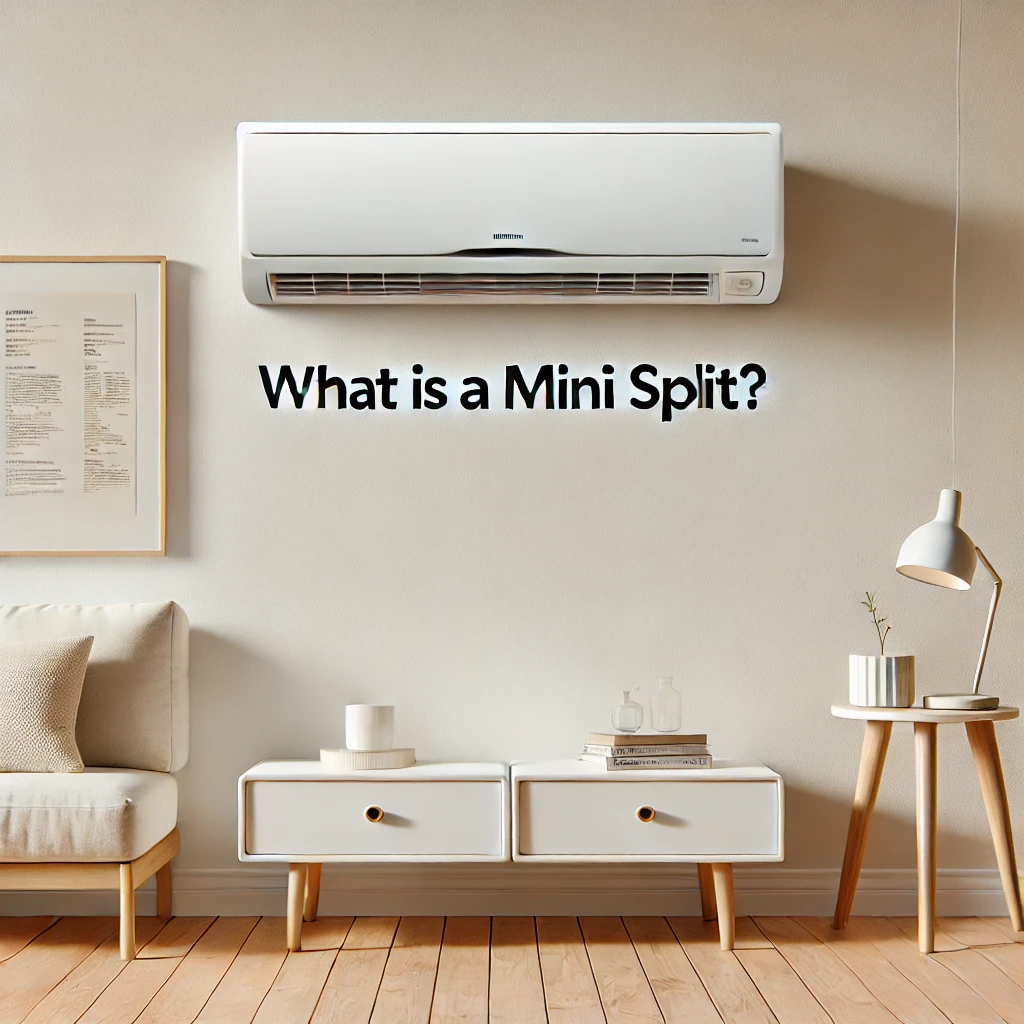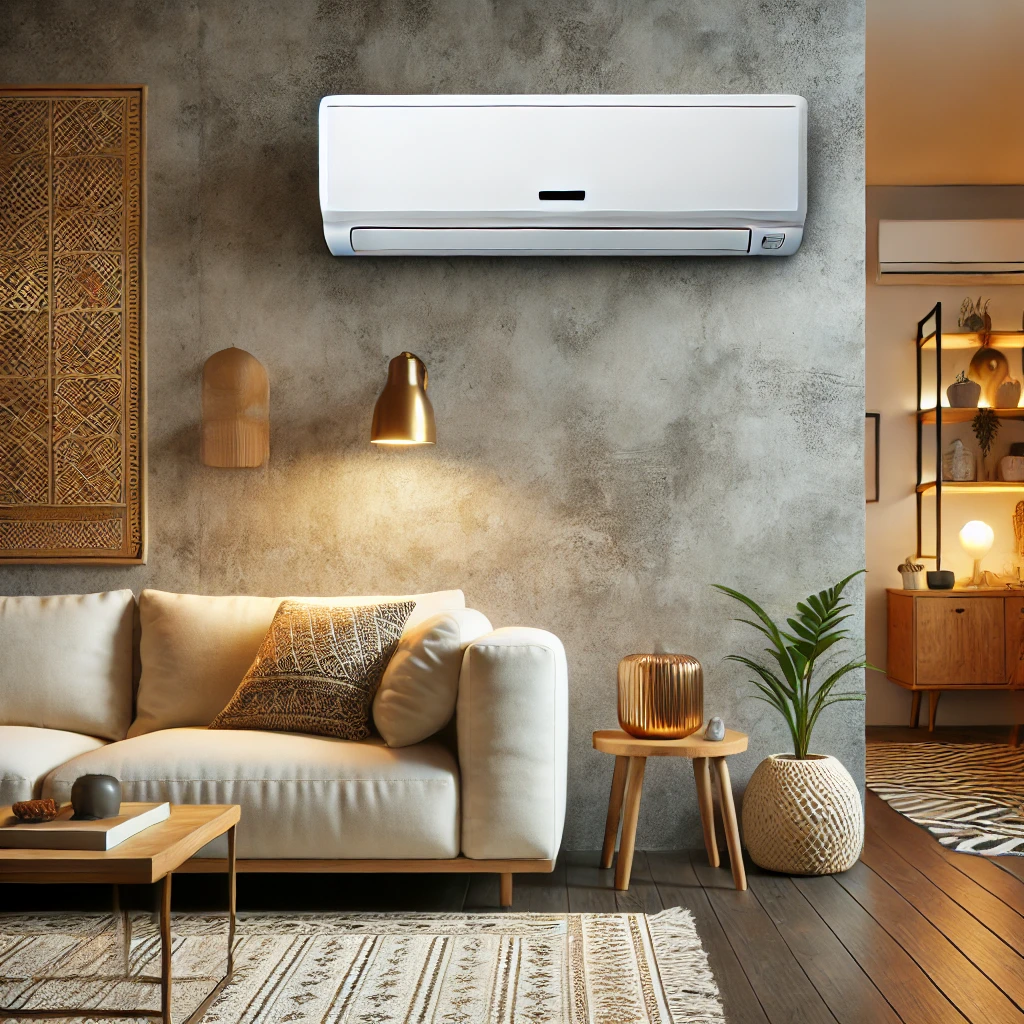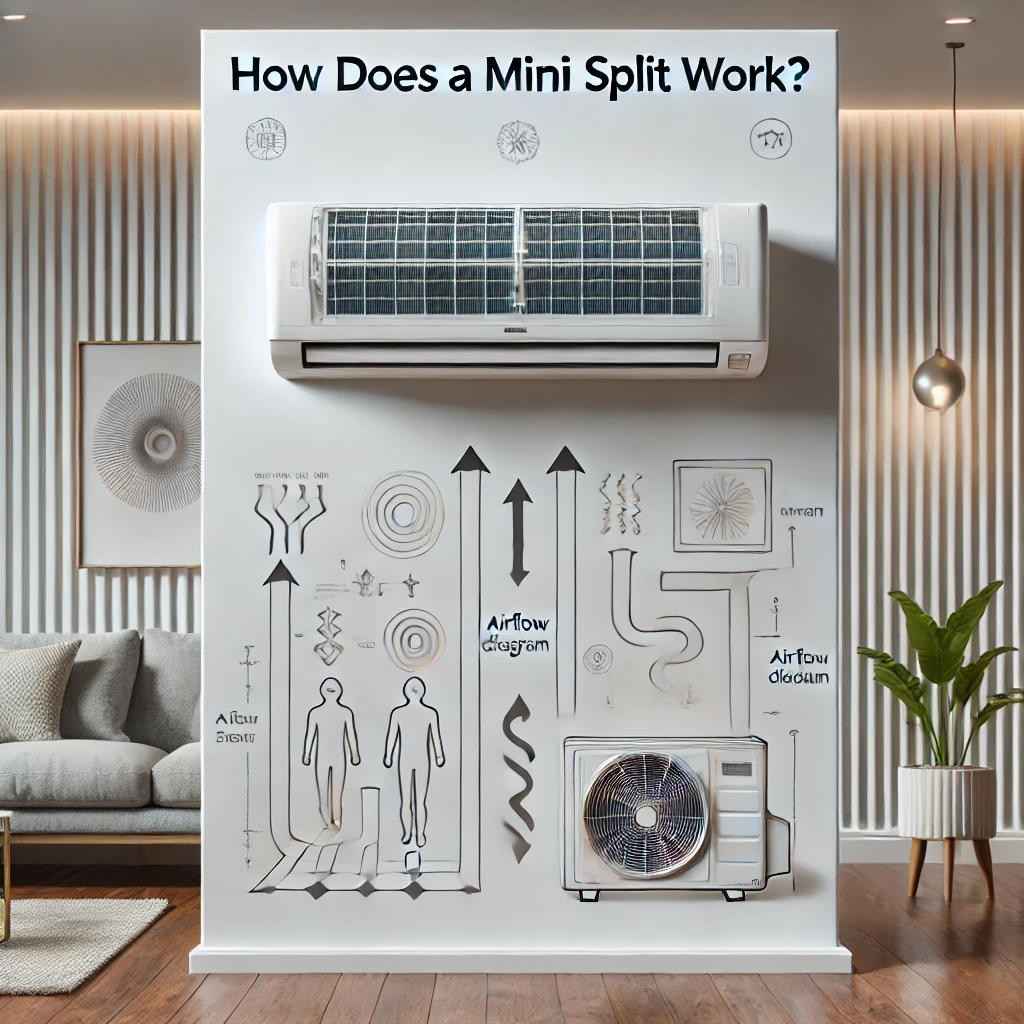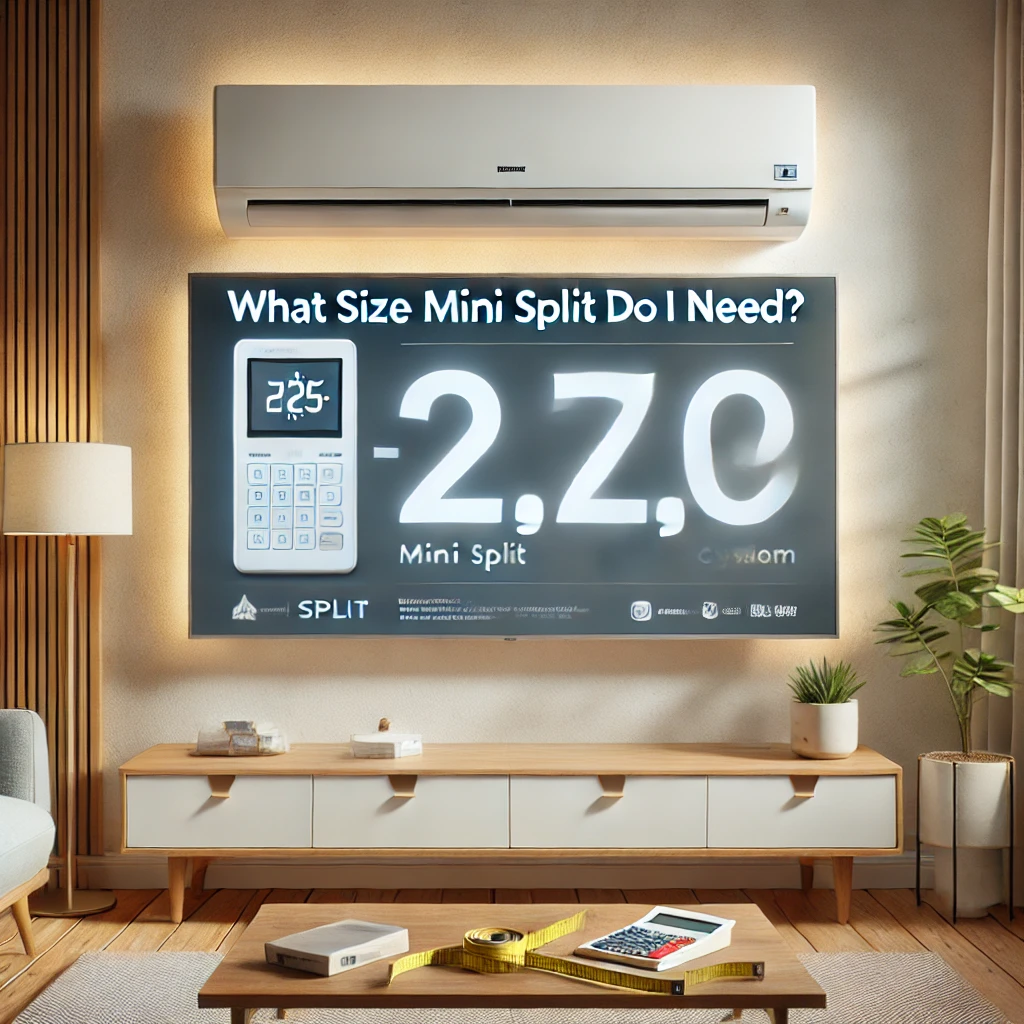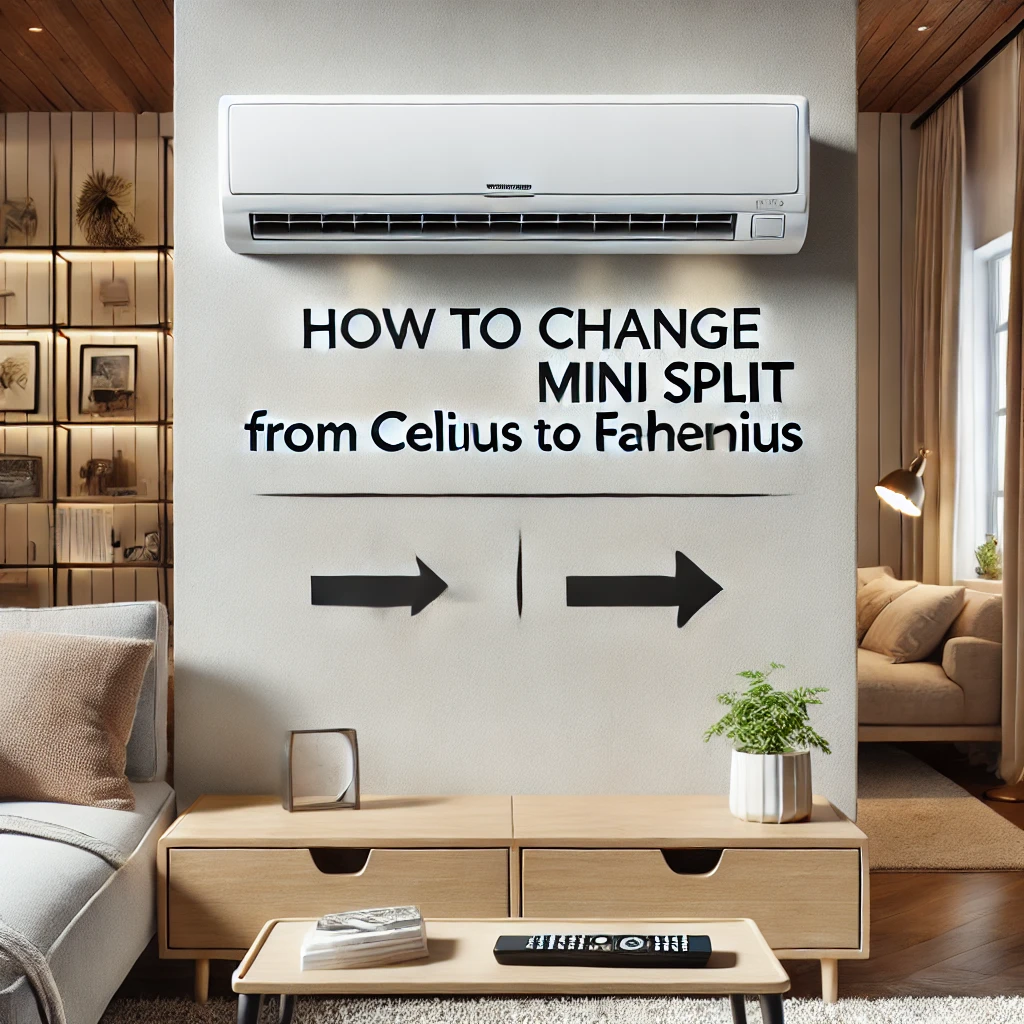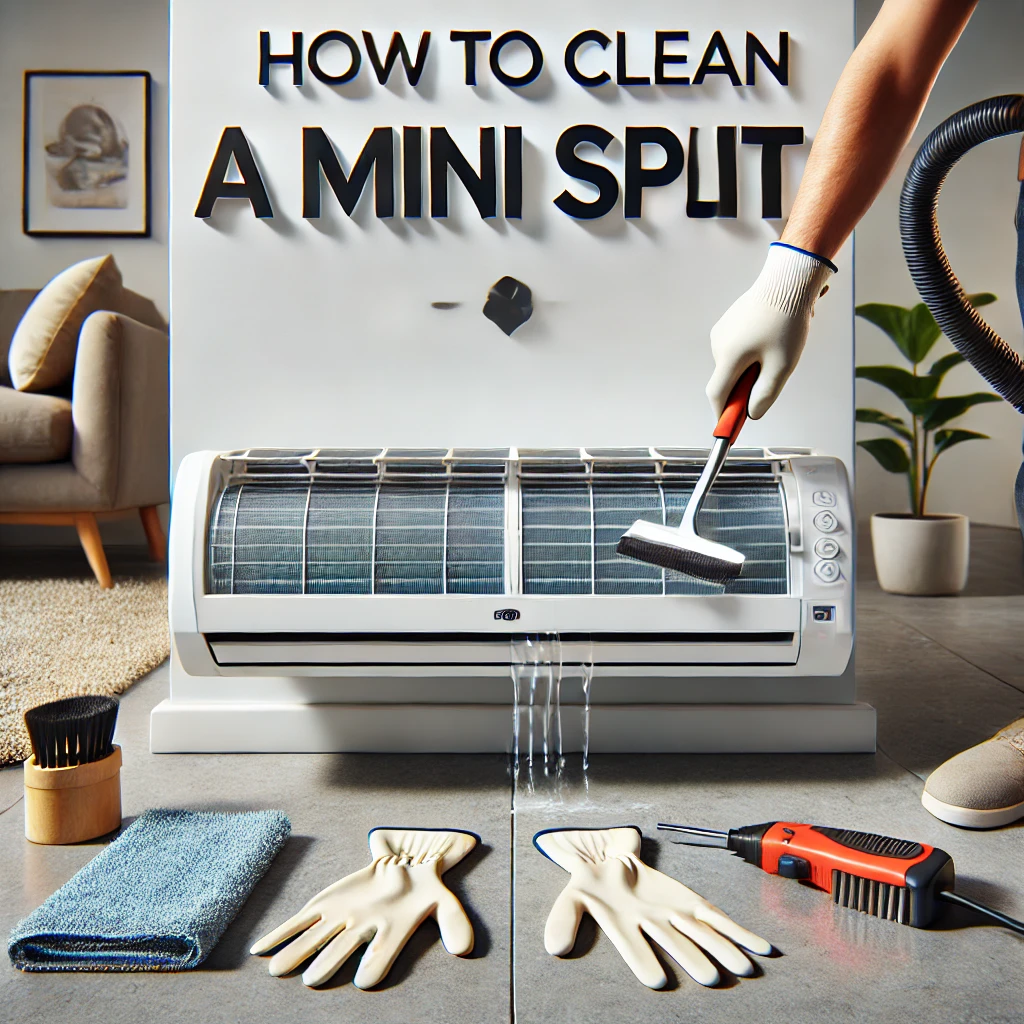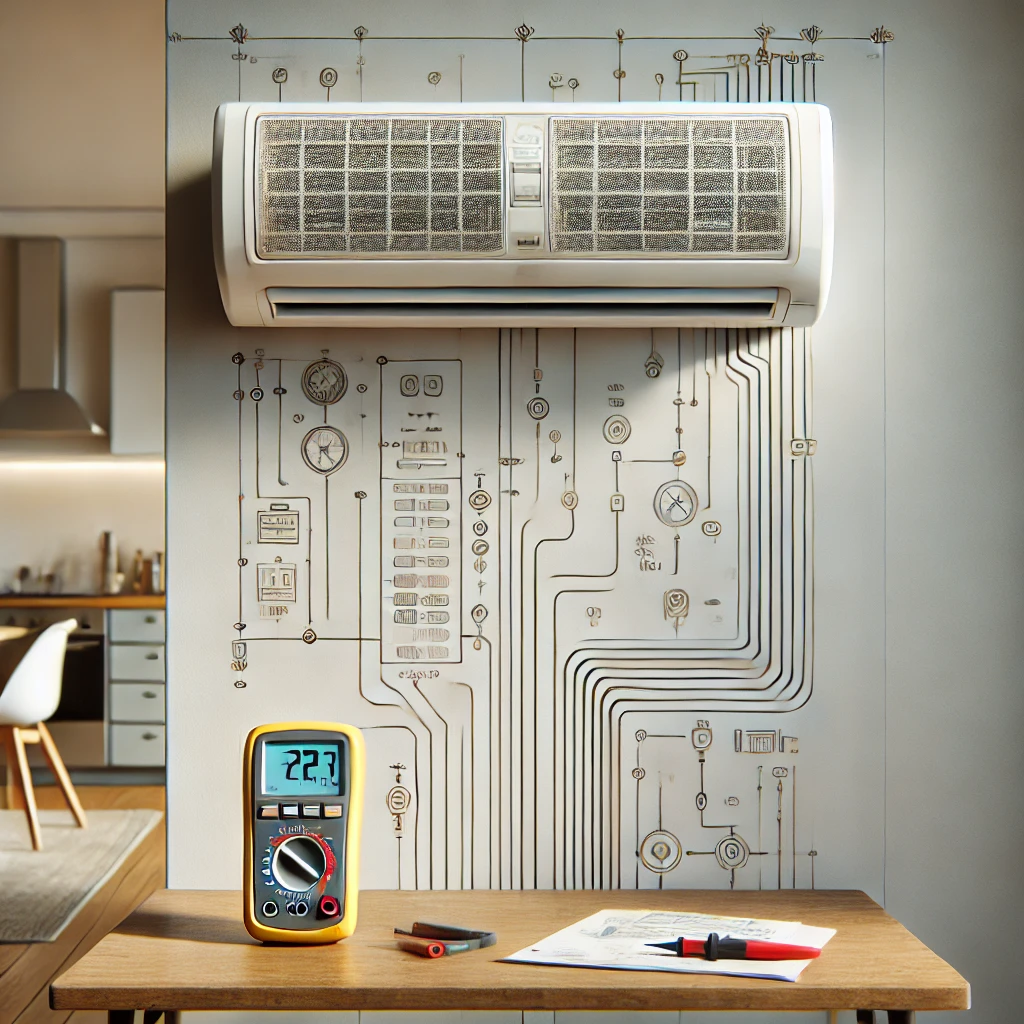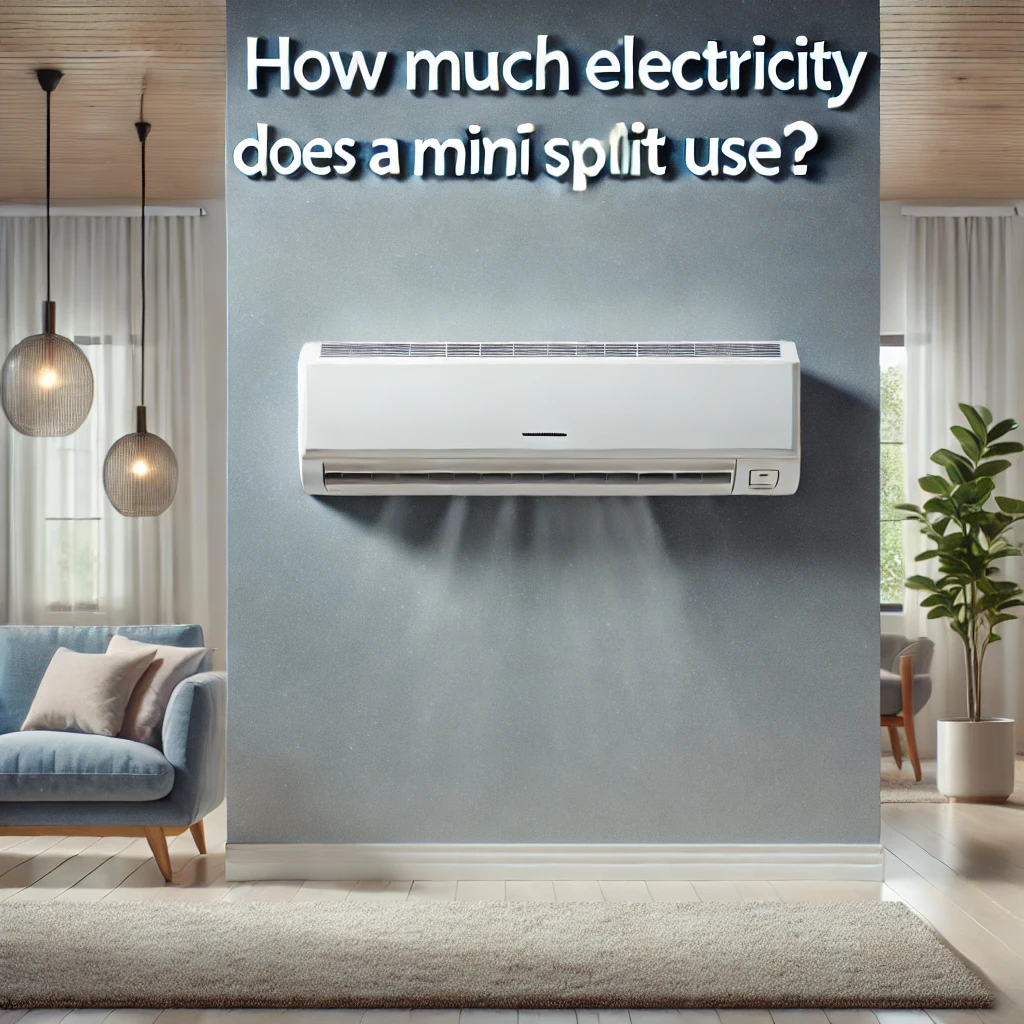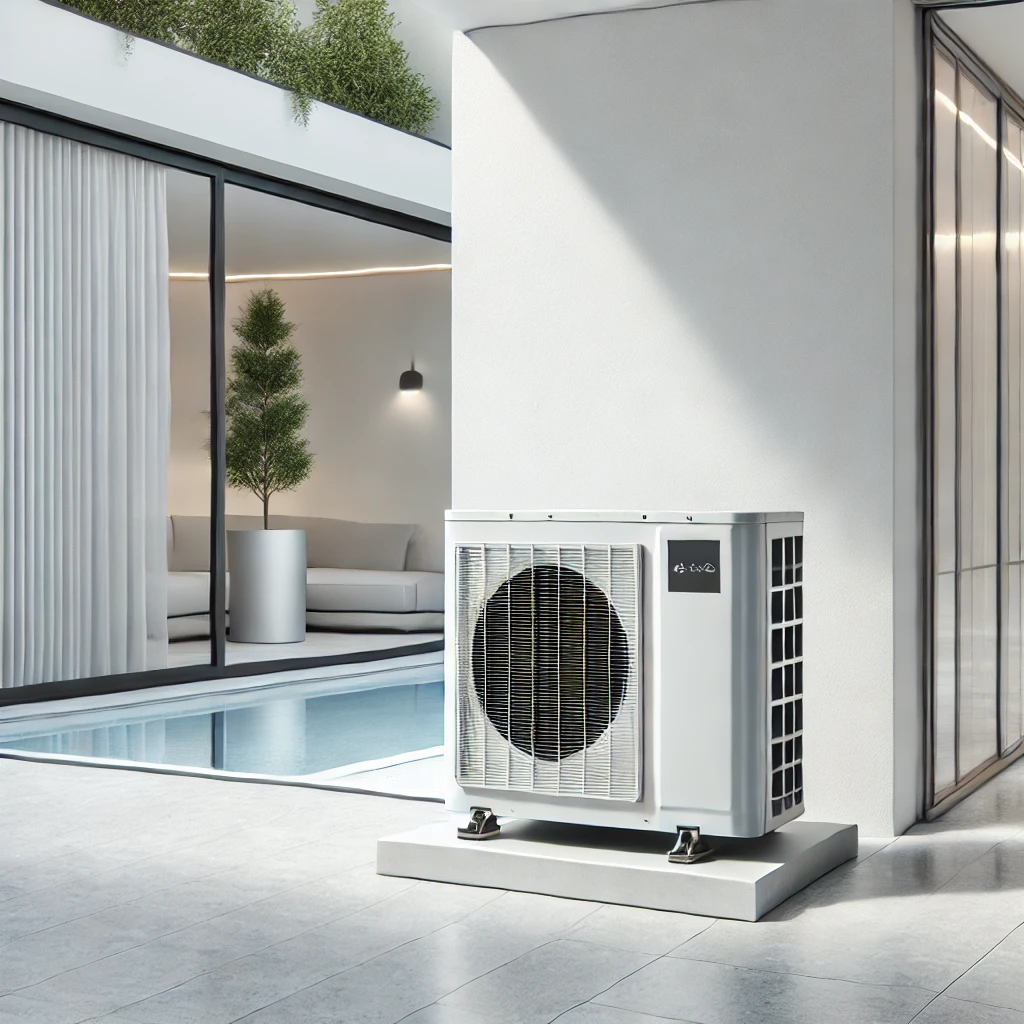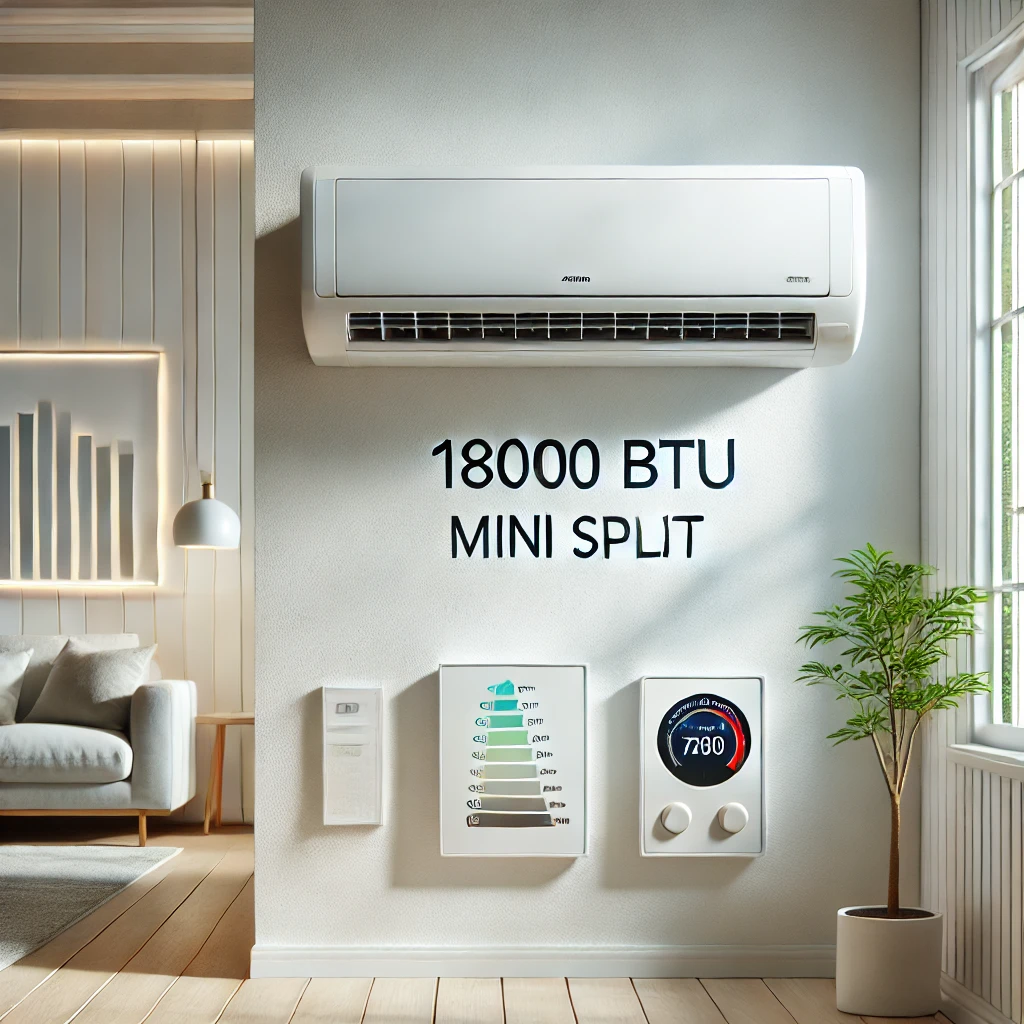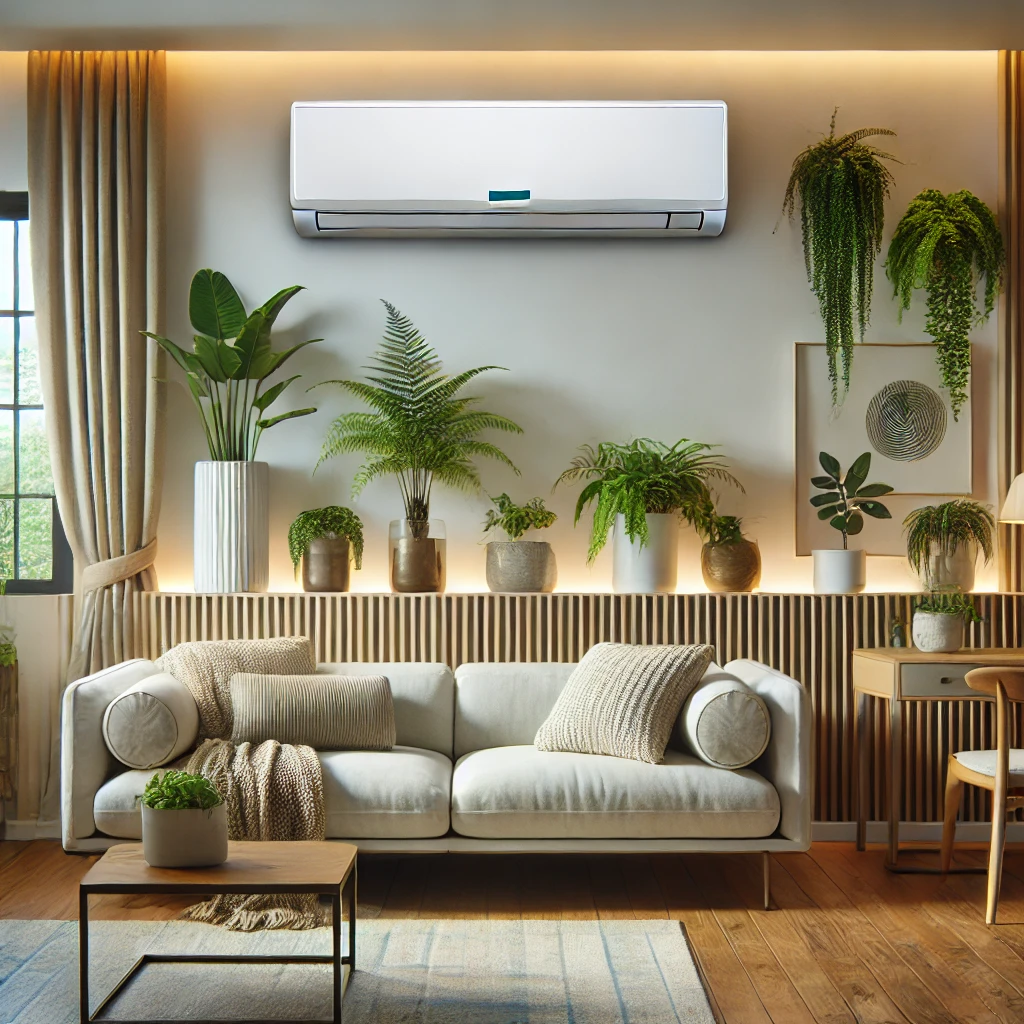Answer:
Mini-split systems can operate in extremely cold temperatures, making them a great choice for heating and cooling in places with harsh winters. In our experience, modern mini-splits can work efficiently in outdoor temperatures as low as -30°C (-22°F), depending on the model and brand. We’ve found that many of our customers are surprised at how well these systems perform in extreme conditions, thanks to advancements like inverter technology and specially designed cold-weather models. It’s important to note, though, that the specific temperature limit depends on the unit’s design and the quality of the installation.
More On “How Cold Can a Mini Split Get?”:
When we talk about the cold-weather performance of mini-splits, it’s worth diving deeper into what makes them so effective in these conditions. Mini-splits designed for colder climates often include features like enhanced defrost cycles and compressors optimized for subzero operation. From our professional experience, we’ve seen brands like Mitsubishi, Fujitsu, and Daikin lead the charge in producing units that thrive in Canadian winters.
Another factor that influences how cold a mini-split can handle is proper installation and maintenance. Our customers often tell us that the performance of their system exceeded expectations when the installation was tailored to their home’s needs and included weatherproofing for the outdoor unit. Routine maintenance, such as keeping the outdoor unit clear of snow and debris, also plays a key role in ensuring optimal performance in extreme cold. If you’re thinking about installing a mini-split in a colder region, it’s always best to consult with an experienced HVAC professional to choose the right model and installation setup.

